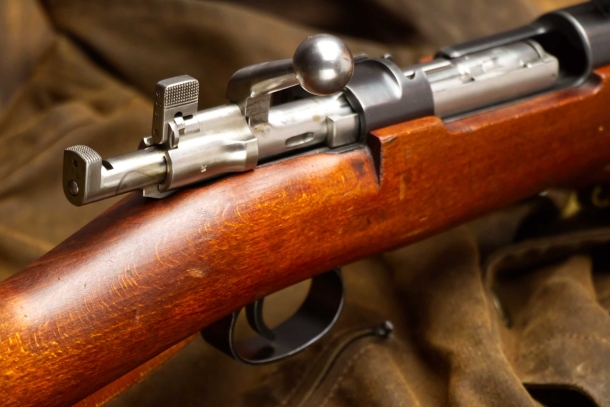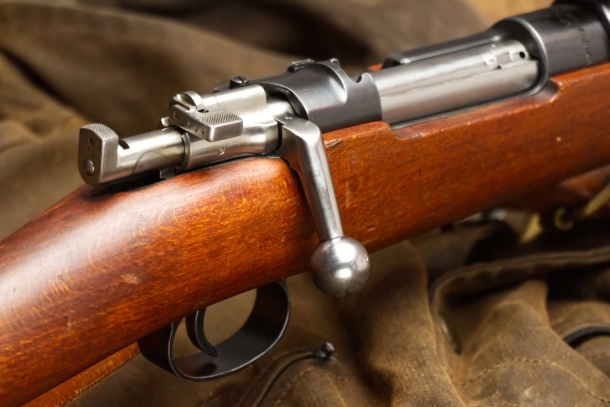Bolt action rifle safety: two vs three positions
Most bolt action rifles offer either a 2 or a 3 positions rifle safety. Here are the differences and what function they serve.
Bolt action rifle safeties may act in different ways, some by locking the sear, such as in the Remington 700, others by directly locking the firing pin itself, such as the Mauser K98, but whichever mechanism they use, the are usually separated into two categories: 2 positions safeties and 3 positions safeties.

2 positions safety disengaged: the rifle fires and the bolt can be operated freely

2 positions safety engaged: the rifle can't shoot and the bolt is locked
In 2 Position safeties, one position has the safety unlocked, so that the rifle can be shot normally.
In the other position, the rifle is in “safe” mode, pressure on the trigger will not cause the rifle to shoot, and the bolt is usually locked in place.
This last detail is very important because while carrying the rifle anything snagging into the bolt handle could cause the bolt to open and make the rifle not ready to shoot, or even cause a chambered round to be ejected.

3 positions safety disengaged: the rifle can shoot and the bolt can be actuated normally.

3 positions safety in intermediate position: the rifle can't shoot, buy the bolt can be operated normally

3 positions safety engaged: the rifle can't shoot and the bolt is locked.
In 3 Position safeties, two positions work exactly as above, but there is another, intermediate third position, that locks the firing mechanism but not the bolt, that can be operated normally.
This is to allow the rifle to be safely unloaded by cycling the rounds in the magazine without risking an accidental discharge: a very useful feature to have.
So, why many modern rifles lack a 3 position safety?
The vast majority of older bolt action rifles (like the M38 Swedish Mauser in the picture) had fixed internal magazines and the only practical and efficient way to unload them was to cycle the action repeatedly to eject each round.
Most modern rifles (like the Sabatti Shooter ICM in the pictures) have detachable magazines, so there is no need for the third, intermediate safety position. All you have to do to unload such a rifle is to remove the magazine, open the bolt and then eject the chambered round, if present: this because disengaging the safety to eject a single round does not constitute a real risk compared to repeatedly cycling the action.
But remember: whatever the system, when loading and unloading a gun, always keep it pointed in a safe direction!



